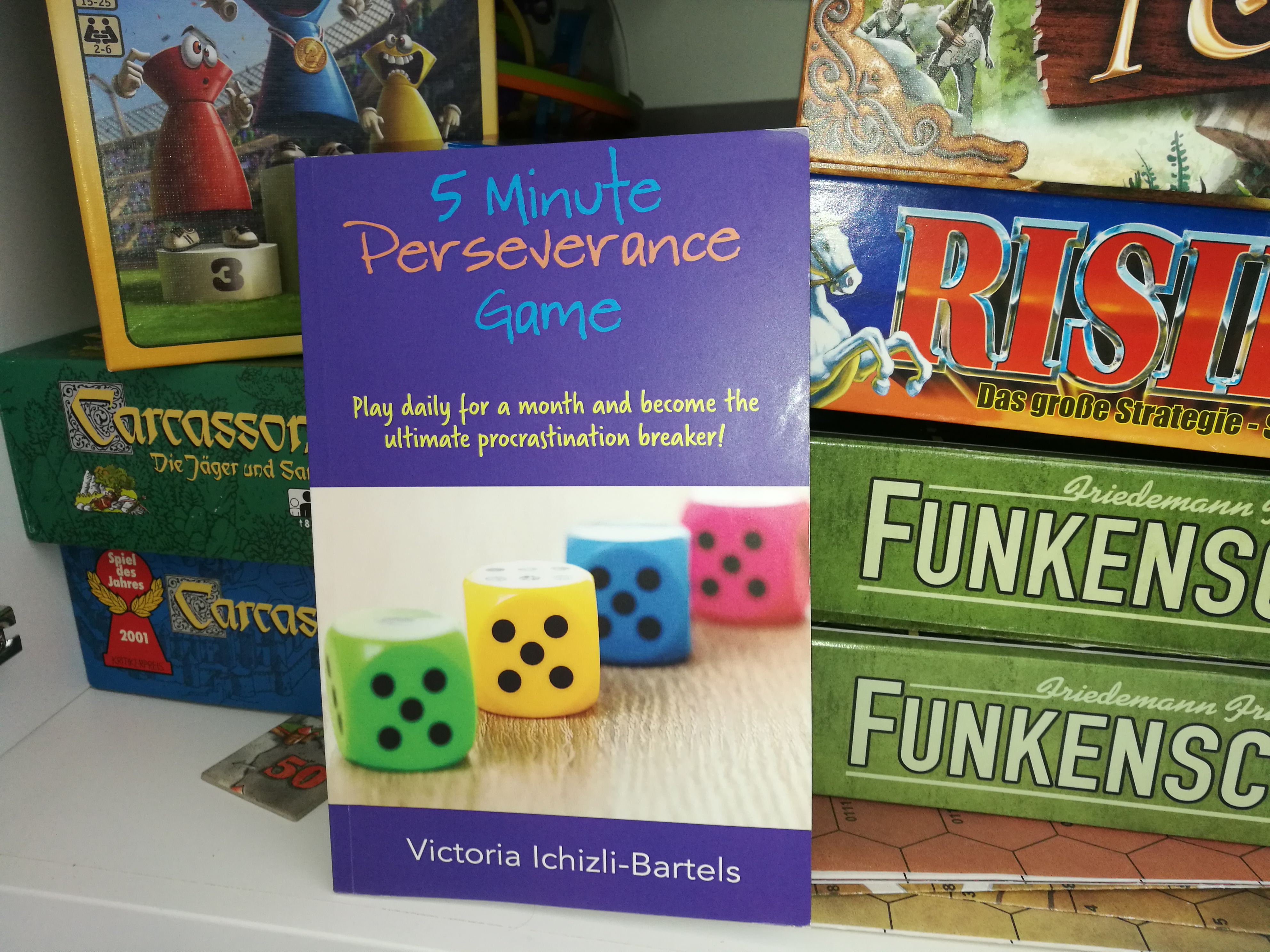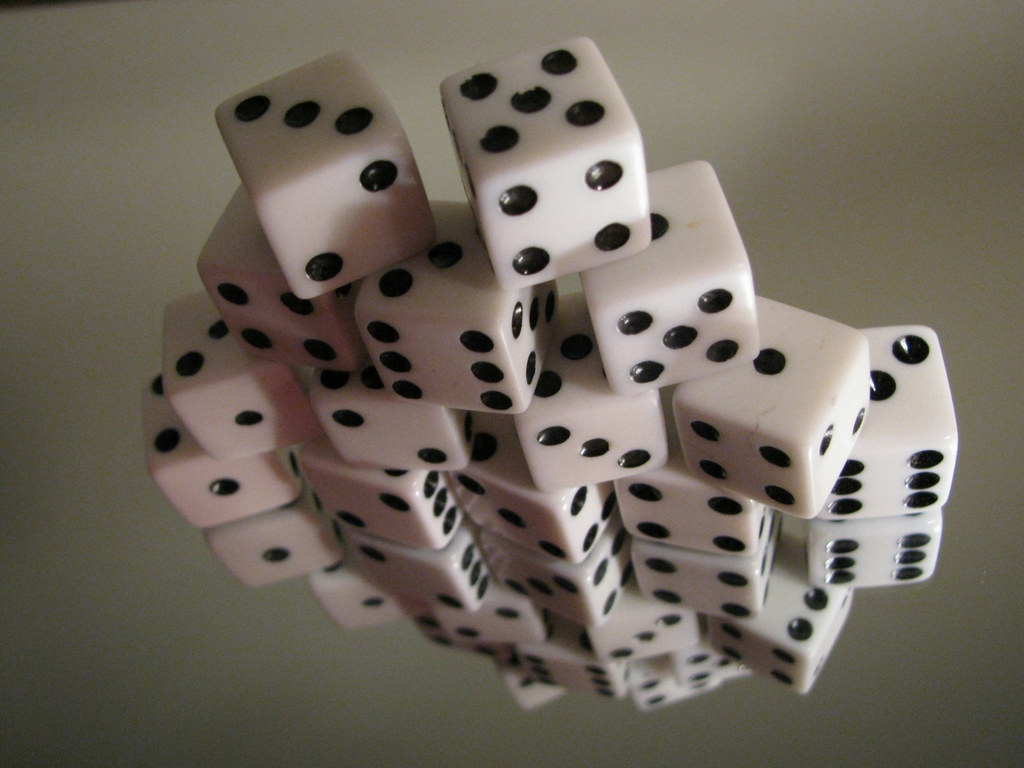Some of you might know that this year, for the second time, I have submitted one of my books with the Writer’s Digest Self-Published Book Awards. As in last year, I haven’t won anything.
But once again the grades and the feedback from the judges was amazing!
Here are the results:
“Entry Title: 5 Minute Perseverance Game: Play Daily for a Month and Become the Ultimate Procrastination Breaker
Author: Victoria Ichizli-Bartels
Judge Number: 39
Entry Category: Inspirational
A few quick notes~
- Books are evaluated on a scale of 1 to 5, with 1 meaning “needs improvement” and 5 meaning “outstanding”.
- The 1-5 scale is strictly to provide a point of reference; the scores are meant only to be a gauge, and are not a cumulative score, nor are they tallied or used in ranking.
- A “0” is not a negative score. Our online review system only recognizes numerals during this portion of logging evaluations.As a result, we’ve substituted a “0” in place of “N/A” when the particular portion of the evaluation simply does not apply to the particular entry, based on the entry genre. For example, a book of poetry, a cookbook, or a travel guide would not necessarily have a “Plot and Story Appeal, and may therefore receive a “0” – indicating that the rating was not applicable.
Structure, Organization, and Pacing: 5
Spelling, Punctuation, and Grammar: 5
Production Quality and Cover Design: 5
Plot and Story Appeal: 0
Character Appeal and Development: 0
Voice and Writing Style: 5
Judge’s Commentary (Judge, 25th Annual Writer’s Digest Self-Published Book Awards):
5 MINUTE PERSEVERANCE GAME by Victoria Ichizli-Bartels is an inspiring book that, if followed, will help people with the tendency to put projects off to accomplish their goals in five-minute increments. The style of writing is friendly and non-judgmental and will uplift those who read it with its encouragement alone. I like how the author feels like a buddy as well as a teacher. This book is suitable for all ages, so whether you’re an adult finally admitting you procrastinate, or if you are a parent with a child you need to encourage to get things done (such as cleaning their space!) then this book can be useful. The cover design is colorful and creative. The slimness of the volume will encourage people who need the book. After all, it takes more than reading to tackle a problem! The call to action on the back will get readers moving. I like the author bio and picture. Her background is intriguing and we feel we can trust her to help us! For some reason, this book seems to scream for illustrations. We read 18 pages before getting to the actual game, though I do appreciate the encouraging talk. The game itself isn’t really a game, but simply the suggestion of working in five-minute increments to accomplish a task. But the buildup will help motivate readers, and that’s a good thing!”
***
You can imagine my excitement and motivation when I saw that my book got graded as outstanding in all relevant categories in its genre. The commentary it got gave me more insight what the judge found valuable.
I am immensely grateful to all who helped this book come true. Some of these supporters got a separate e-mail from me with the news some time ago. But I would like again to shout out to the brilliant editor and amazing cover designer for this book, Alice Jago, who is also an exceptional illustrator. I am excited that we will continue working on many future projects together. If you are a self-publishing writer and look for a cover designer or illustrator for your book, I strongly recommend Alice’s services.
A small spoiler-alert: the next book on gamification will have illustrations also inside the book. With this, I am following the judge’s advice above. I can’t wait to see how this will evolve. The content development is well on the way. Check out the following categories on the Self-Gamification blog to find out more:





